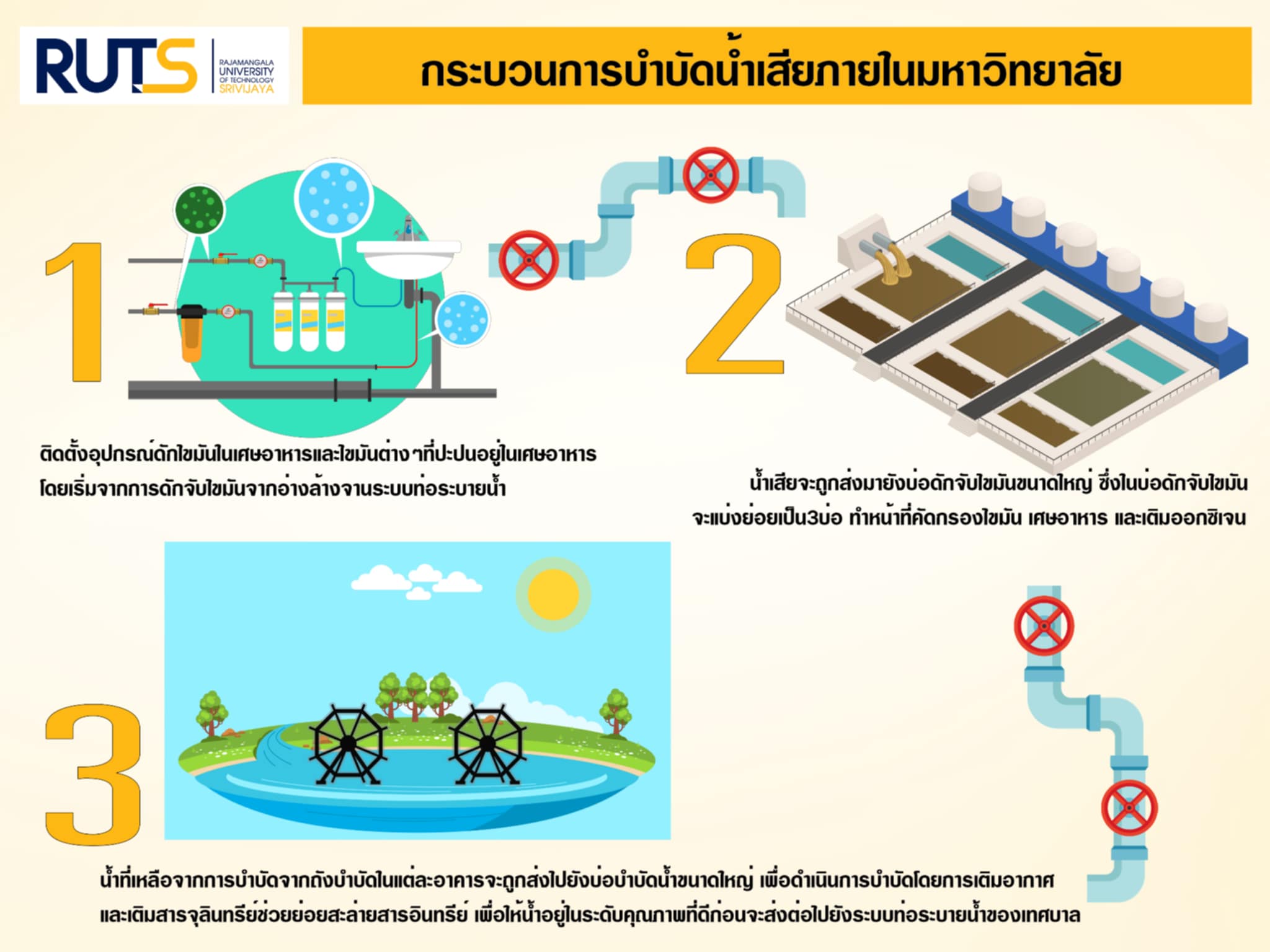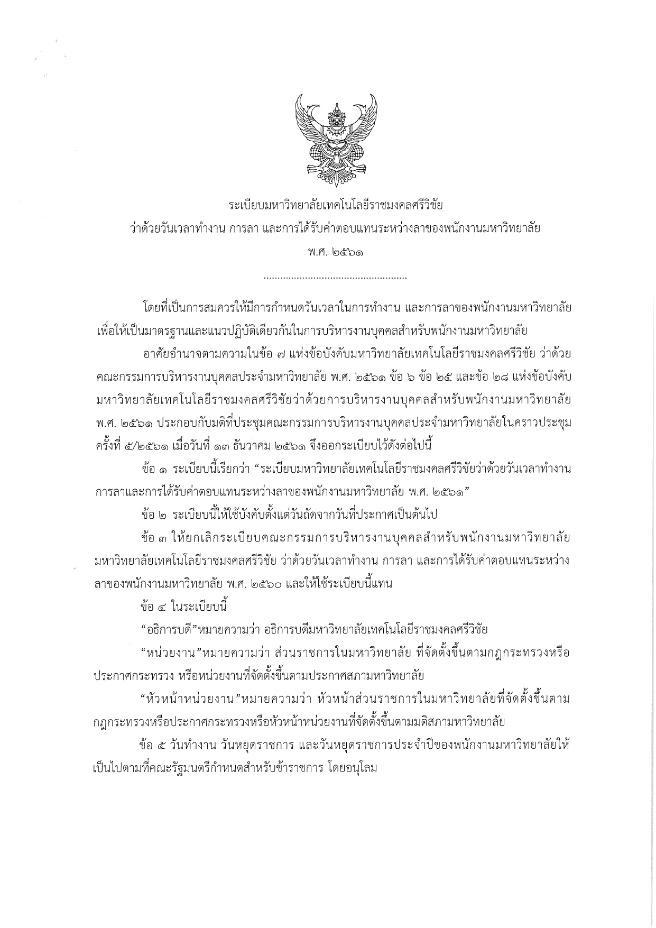Reporters: Mr. Sujinda Saehan, Mr. Ekkajak Intarat, Mr. Nitigon Jumniansuk, Mr. Thanet Sangseejun
Evidence Date: January 2023 – December 2023
Related SDGs:
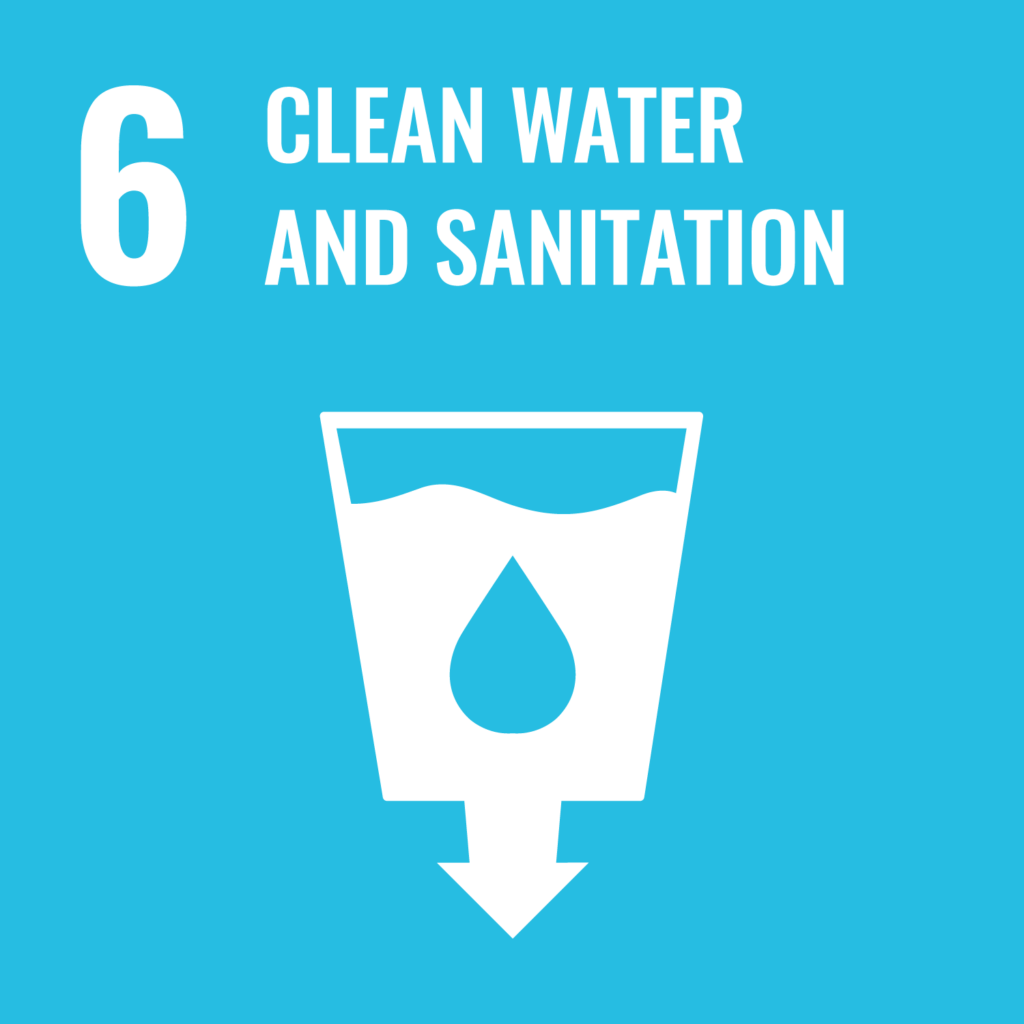
Related Indicators: 6.3.1, 6.3.2
As Rajamangala University of Technology Srivijaya (RUTS) has a policy in order to comply with the regulation of the Ministry of Natural Resources and Environment A.D. 2548 as explicit policy and guidelines for implementing management in reduction and separation system of wastewater treatment from university buildings and canteens. wastewater treatment tanks in the university are set which can be a practical and eco-friendly solution for wastewater management. Such systems are often used in combination with larger treatment methods to handle the higher volume of wastewater generated by students, staff, and campus facilities.
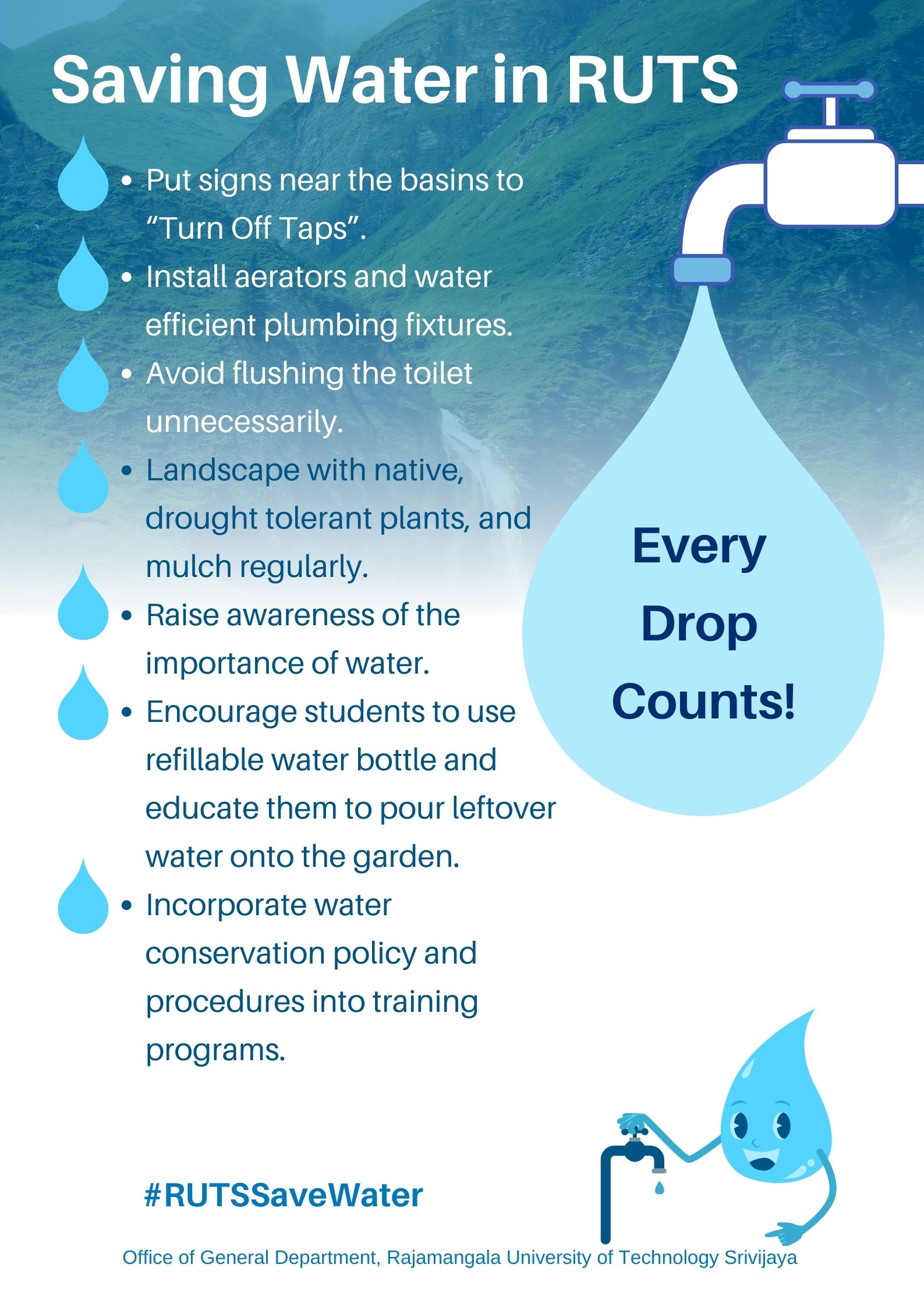
The wastewater treatment tanks are often used to manage and treat wastewater generated from campus various facilities such as cafeterias, laboratories, and bathrooms because the tanks combine aerobic and anaerobic processes, making them flexible and effective in treating various types of campus wastewater.
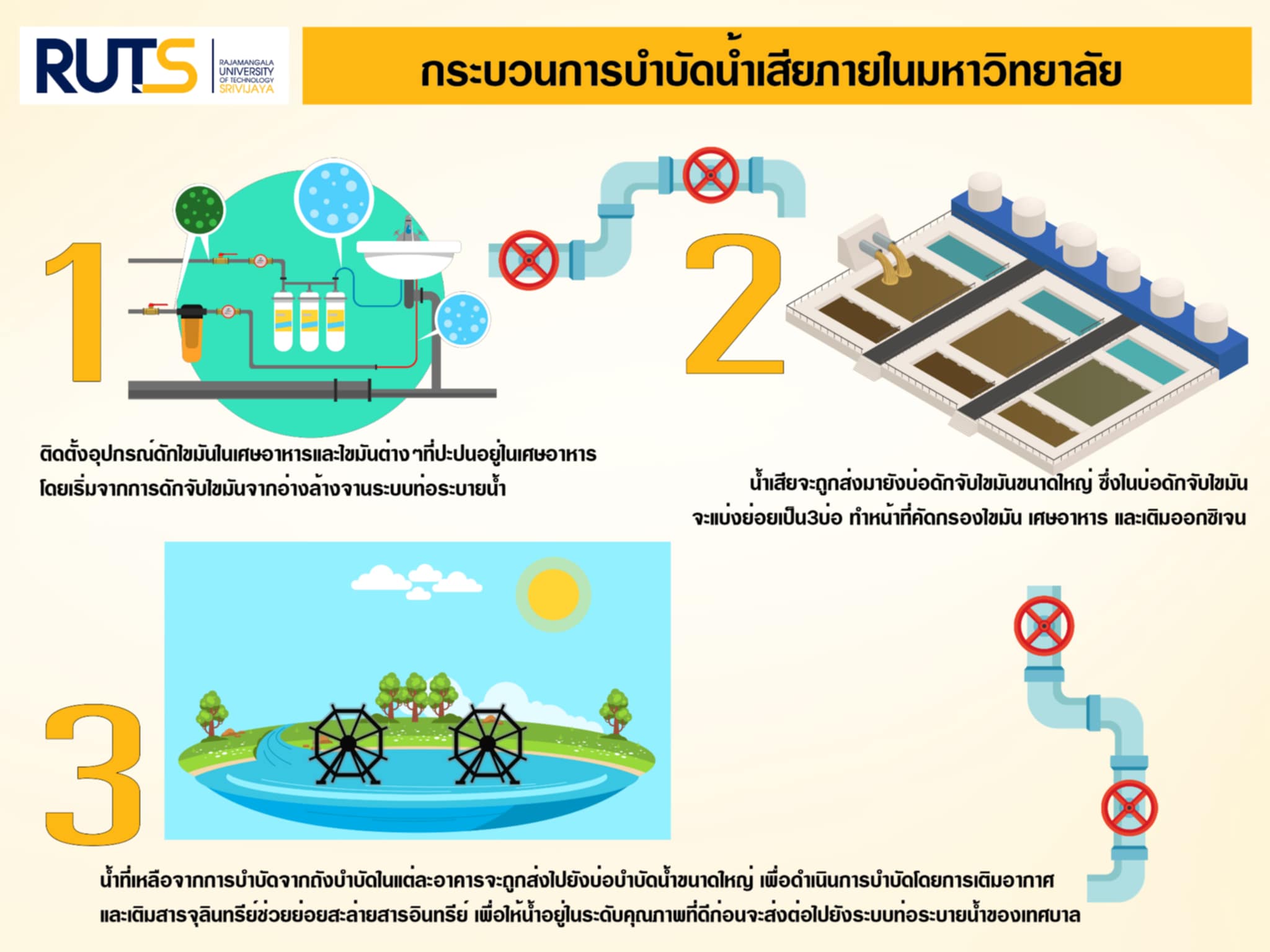
The treated wastewater will flow to the sedimentation tanks to separate the sludge from the clear water. A portion of the sludge that separates at the bottom of the sedimentation tanks are pumped back into the aeration tanks to maintain the specified concentration of the sludge in the aeration tanks. The remaining water after treatment in the tanks, which is now cleaner and has had much of the organic matter removed, is sent to treatment tanks within each building. These tanks may further treat the water to remove any remaining impurities which it is naturally filtered by the soil before reaching groundwater.
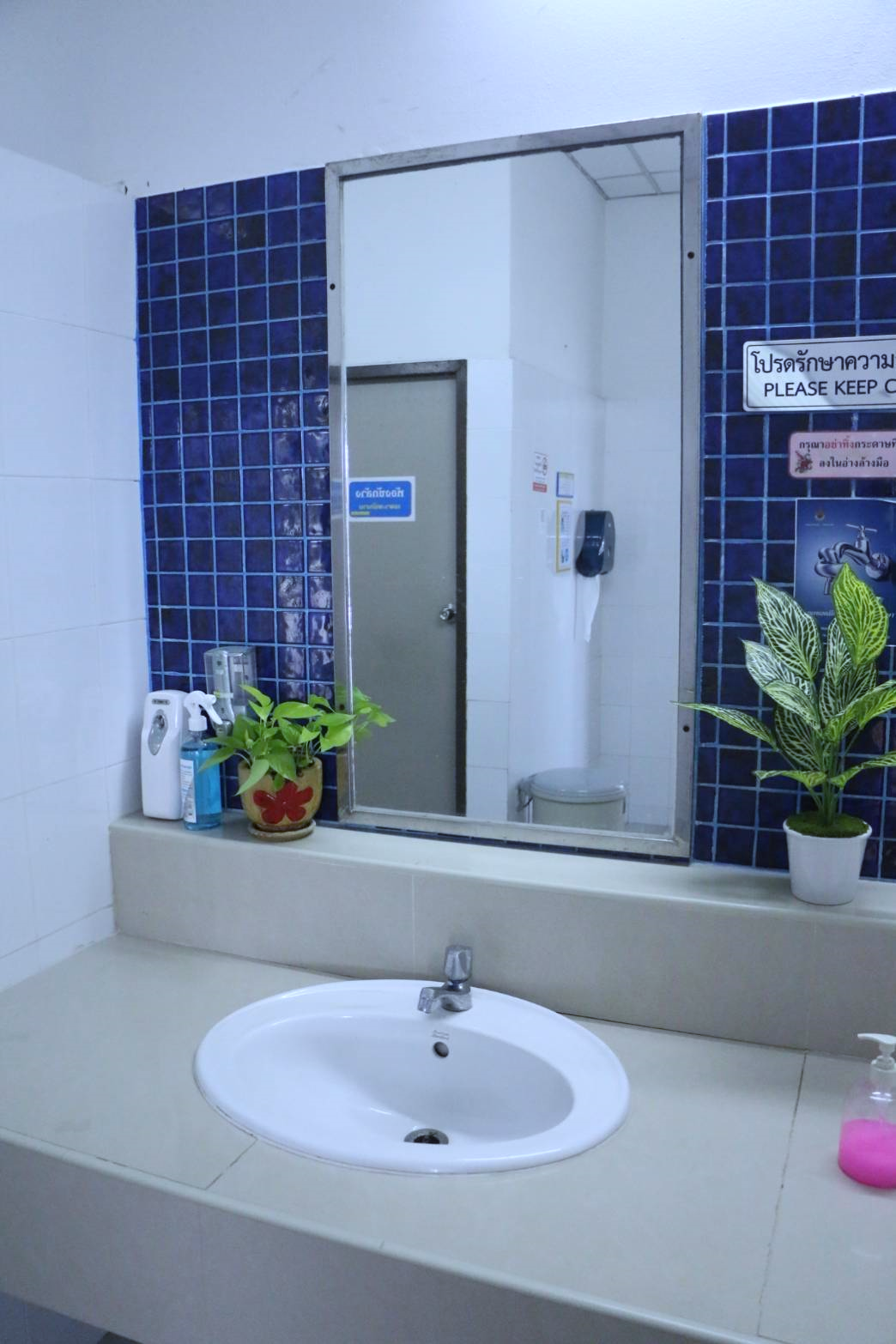
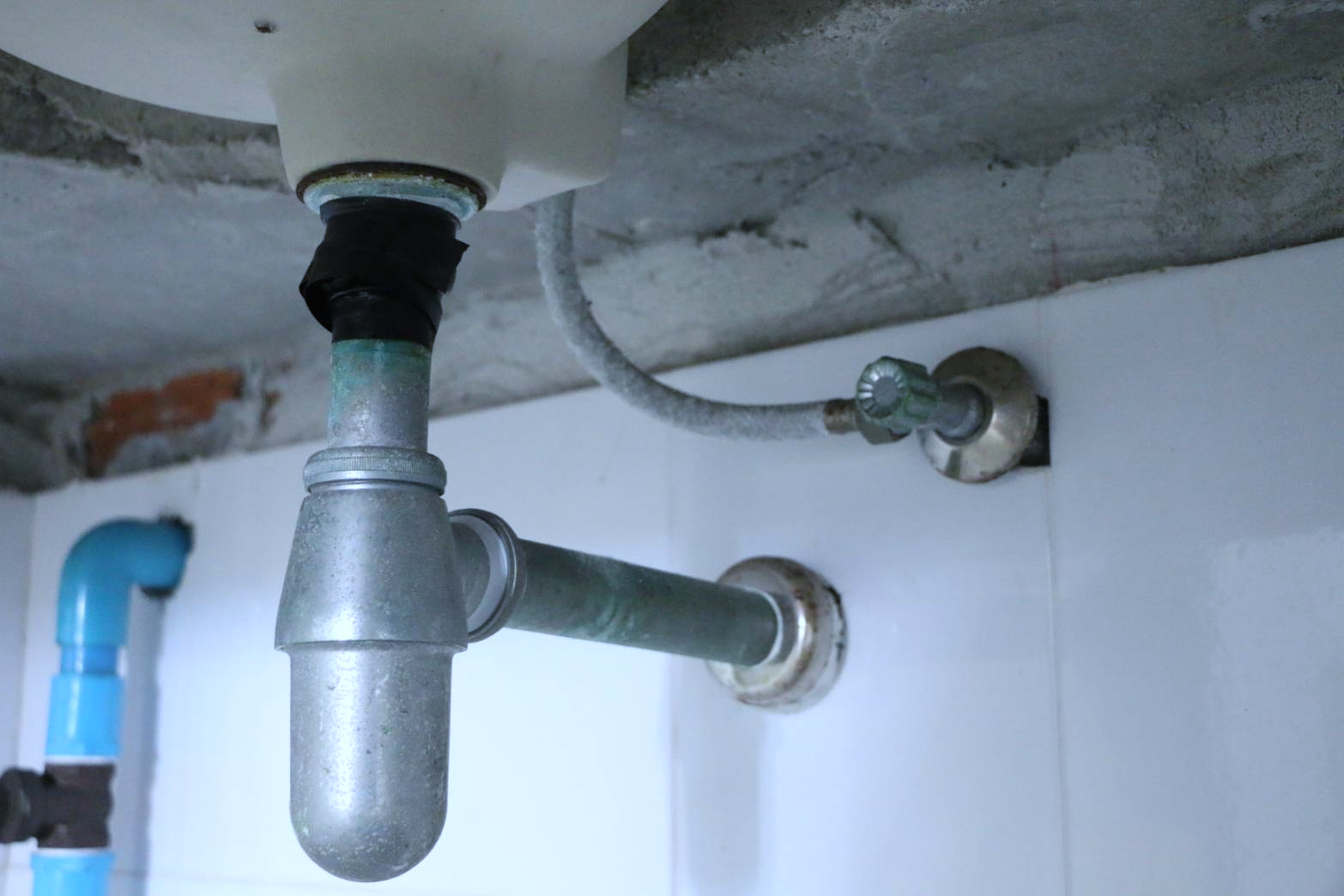
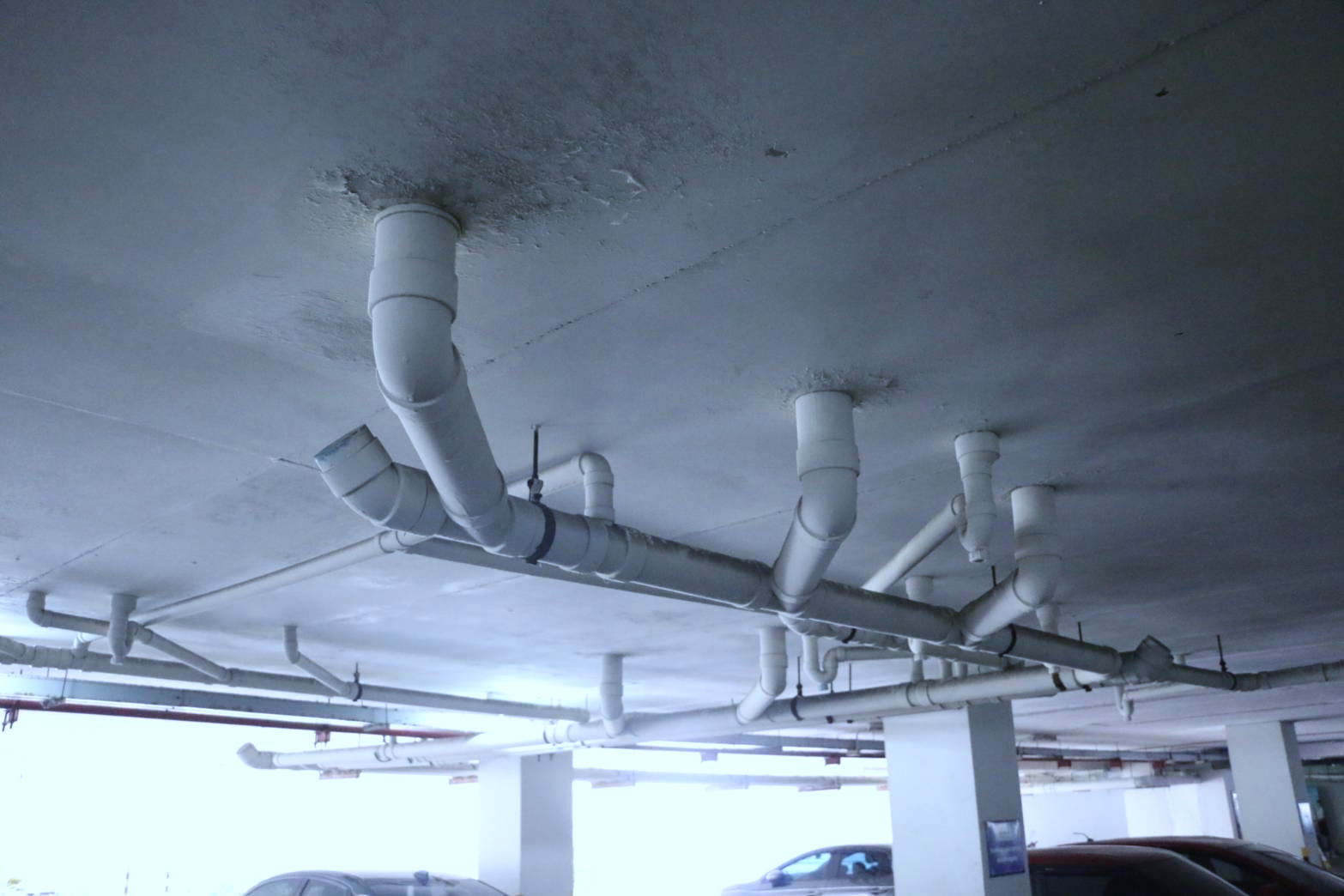
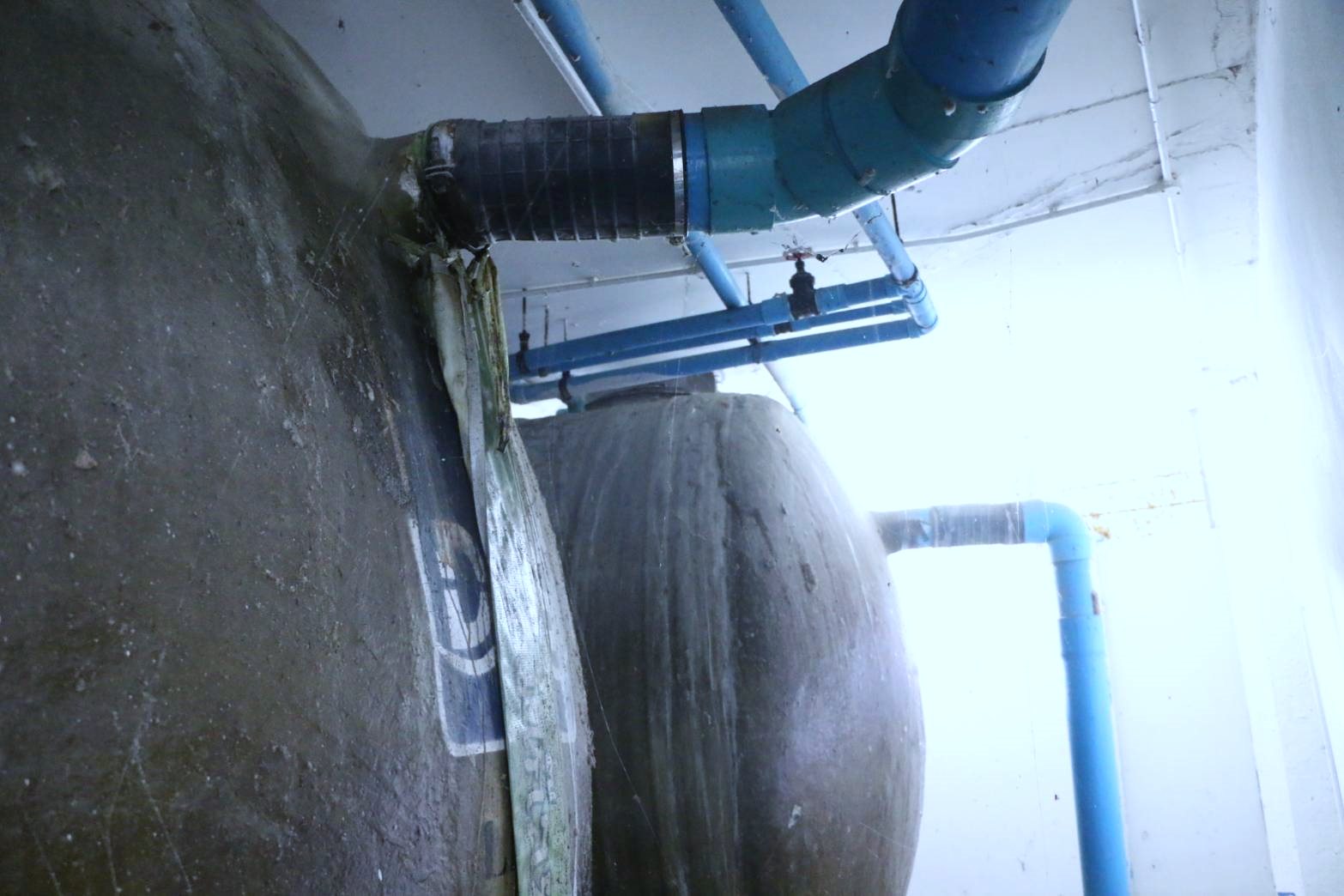
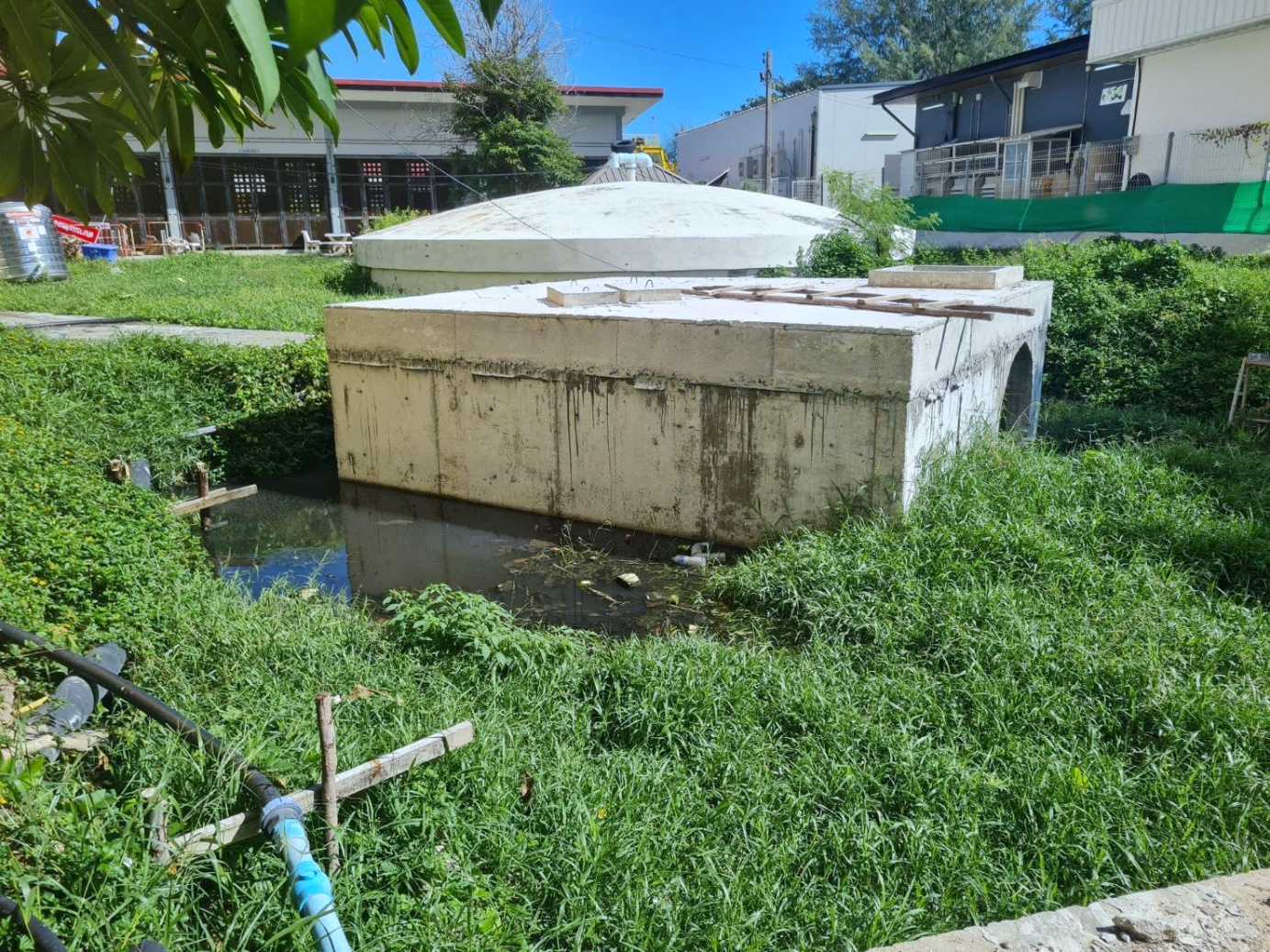
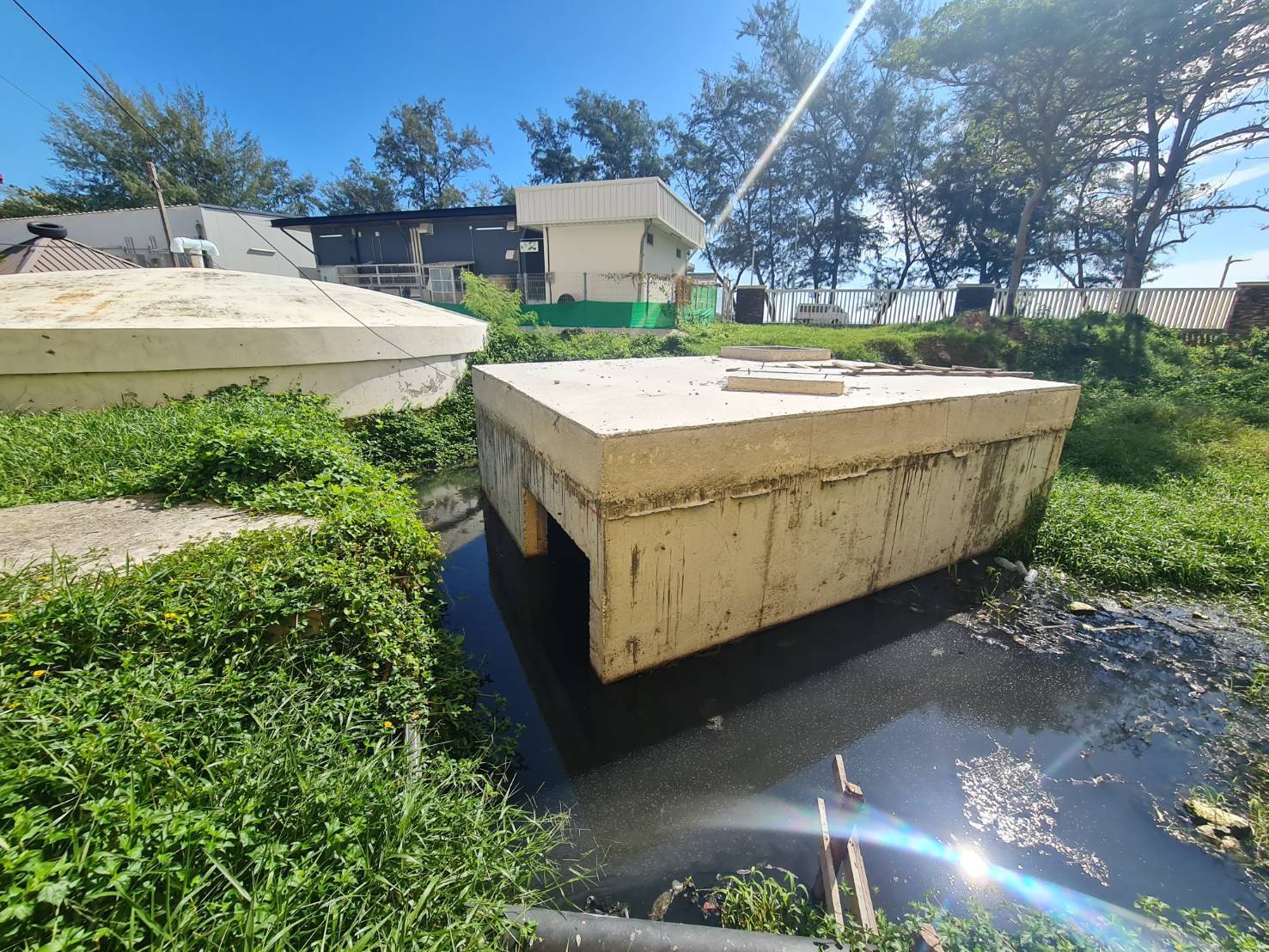
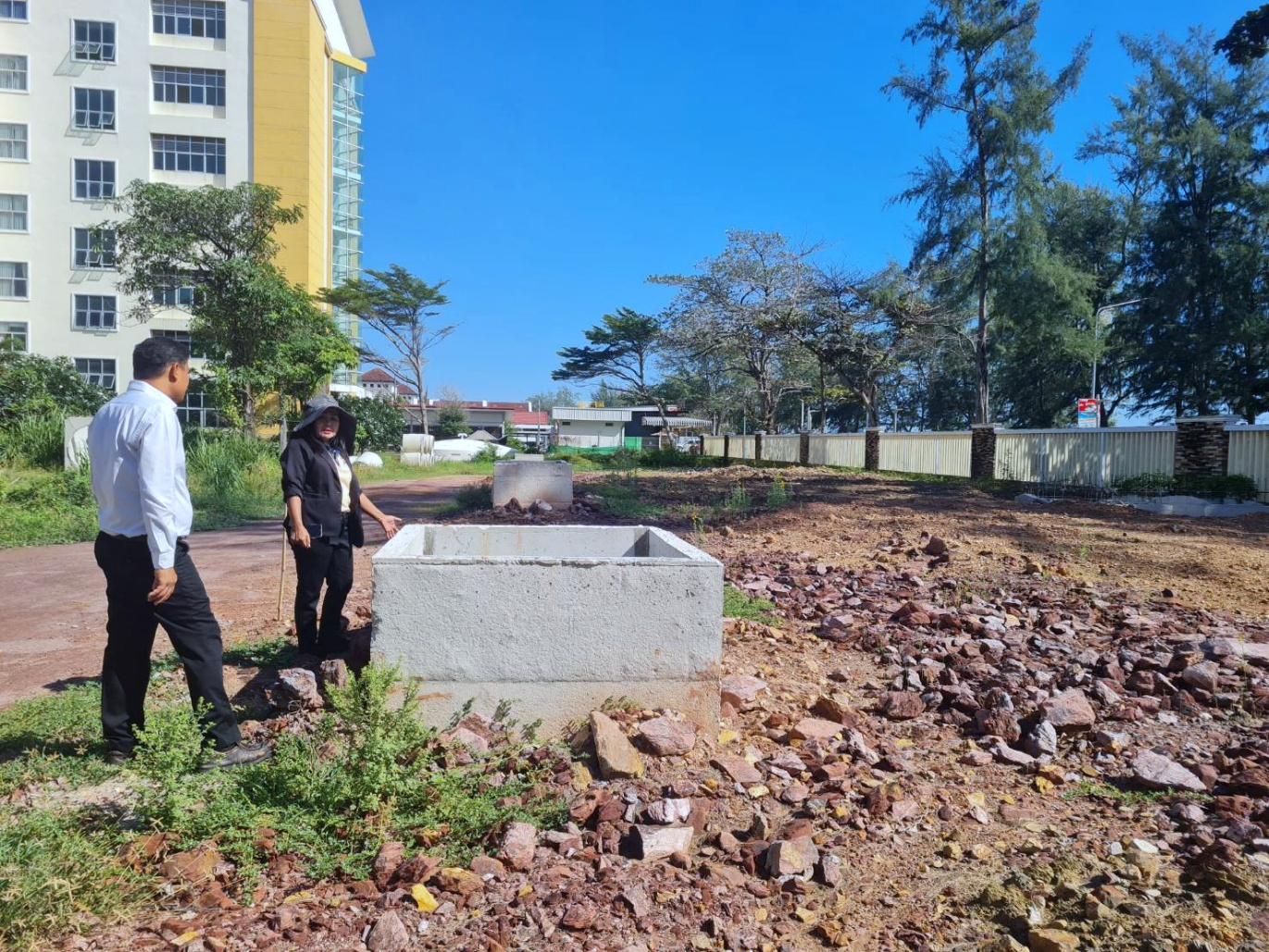
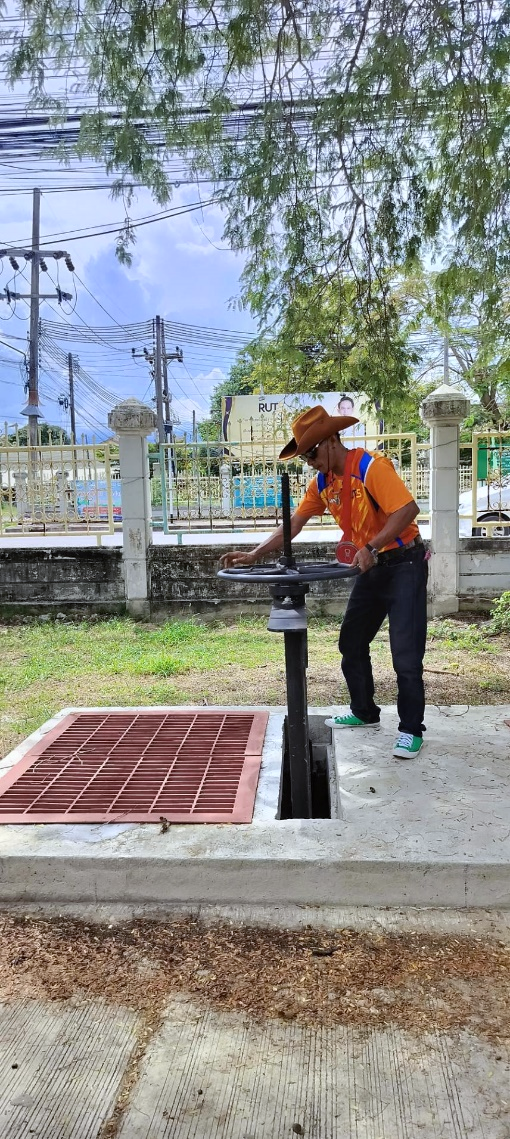
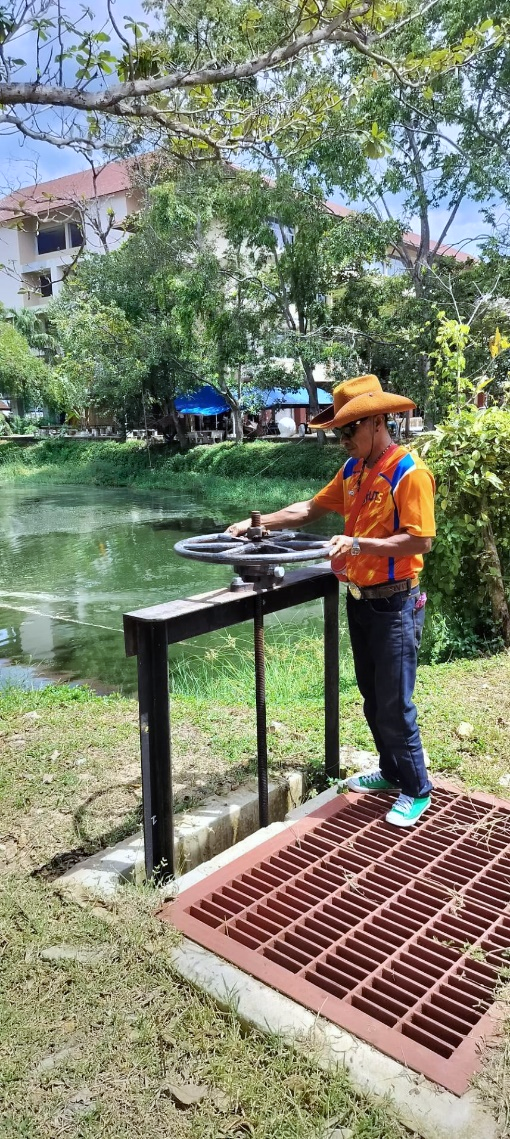
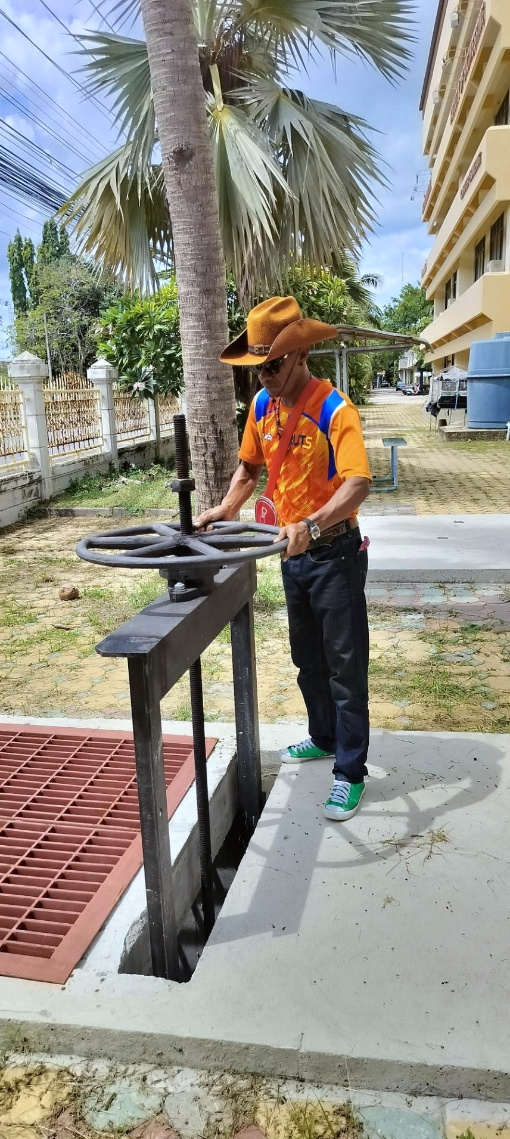
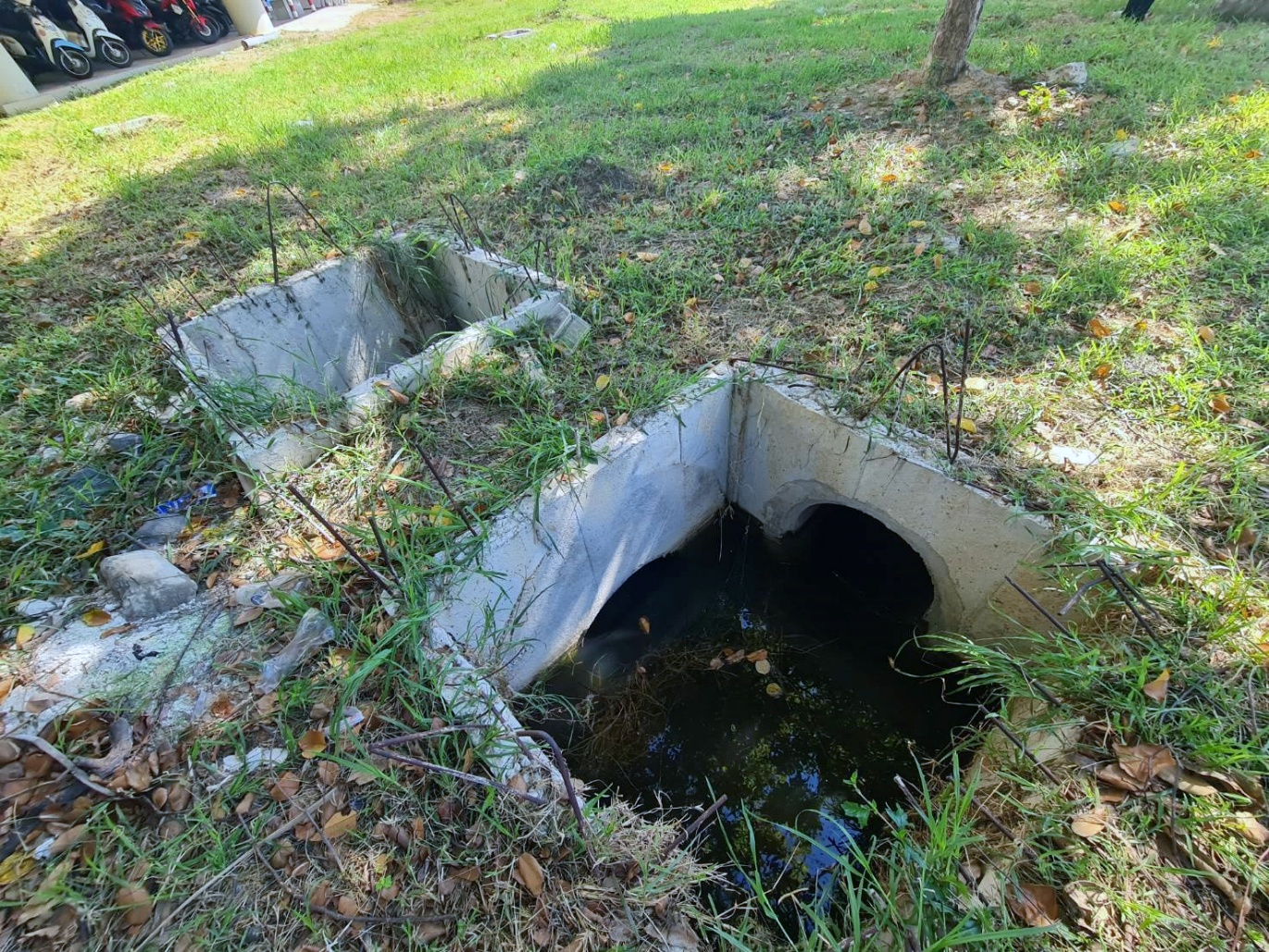
In cafeterias, not only the wastewater treatment tanks are set but also the installation of grease traps is still an essential step in managing wastewater and preventing the discharge of harmful substances into the municipal sewer system. Grease traps are installed in buildings to capture grease and food scraps that are present in wastewater, primarily from sinks and drain systems in cafeteria and food preparation areas. After entering the grease trap, the wastewater is further treated in a large grease trap pond. This pond is subdivided into three sections which may contain food scraps and fats, is directed to the grease trap. These traps are designed to separate the grease and solid particles from the water.
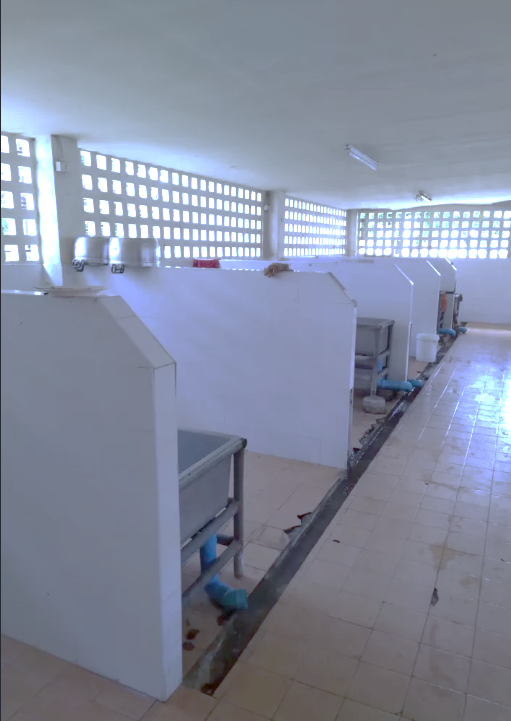
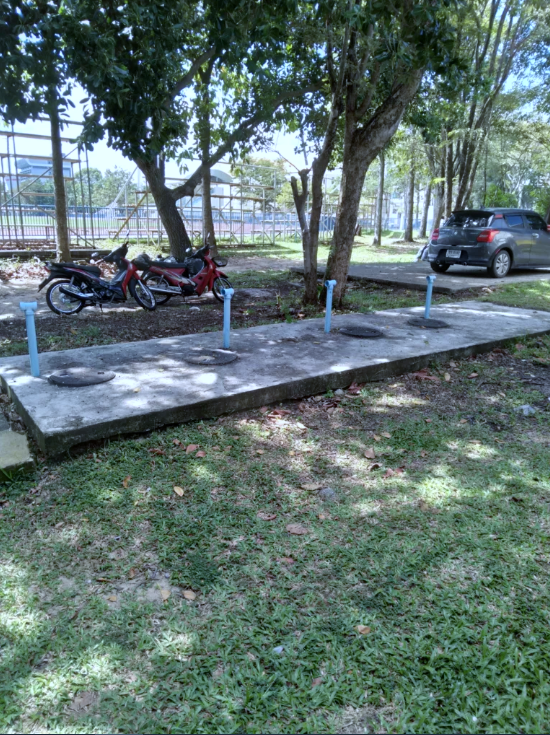

The goals of these treatment processes are to maintain the water at a high-quality level, ensuring that it meets environmental standards and is safe to discharge. Especially, the wastewater treatment tank systems provide effective on-site wastewater treatment, reducing the need for extensive sewage infrastructure and minimizing the risk of pollution to nearby water sources. Also, the implementing wastewater treatment tank systems on campus provides an educational tool for teaching RUTS students about water conservation, wastewater treatment, and environmental engineering. The students can study aspects of wastewater treatment tank system design, maintenance, water quality monitoring, and environmental impact assessment, gaining hands-on experience with sustainable wastewater management practices which providing examples of sustainable water management.
However, the wastewater treatment tanks at Rajamangala University of Technology Srivijaya require regular, thorough, and diligent maintenance and monitoring every six months due to the high volume of wastewater together with university waste can include chemical or lab waste, which should be managed separately to prevent damage to the wastewater treatment tank systems and ensure environmental safety. A well-designed wastewater treatment tank systems offer a sustainable wastewater treatment solution for the university. With proper maintenance, monitoring, and potential integration before discharging into the municipal sewer system in order to prevent the introduction of pollutants into the municipal wastewater system which Rajamangala University of Technology Srivijaya have been contributing to environmental protection and responsible wastewater management.

Overall, wastewater treatment at Rajamangala University of Technology Srivijaya serves as a vital intersection of education, research, and community service, fostering innovation and promoting sustainable practices in water management. This involvement not only enhances students’ learning experiences but also contributes to broader environmental goals.
Related Links:
https://general.rmutsv.ac.th/ruts/wastewater-treatment-and-management-processes

